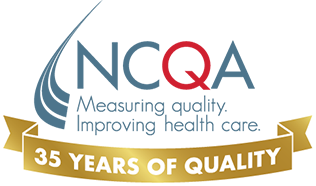The Exchange Add-on Survey is a streamlined version of the regular Add-on Survey:
Plans do not submit HEDIS/CAHPS
Since HEDIS/CAHPS are not submitted, plans are capped at Accredited status.
NCQA reviews documentation of standards only when the organization manages functions differently from key elements. (The Application defines which standards are required and how many functions are permitted to be performed differently).
No file review for the Exchange product line.
